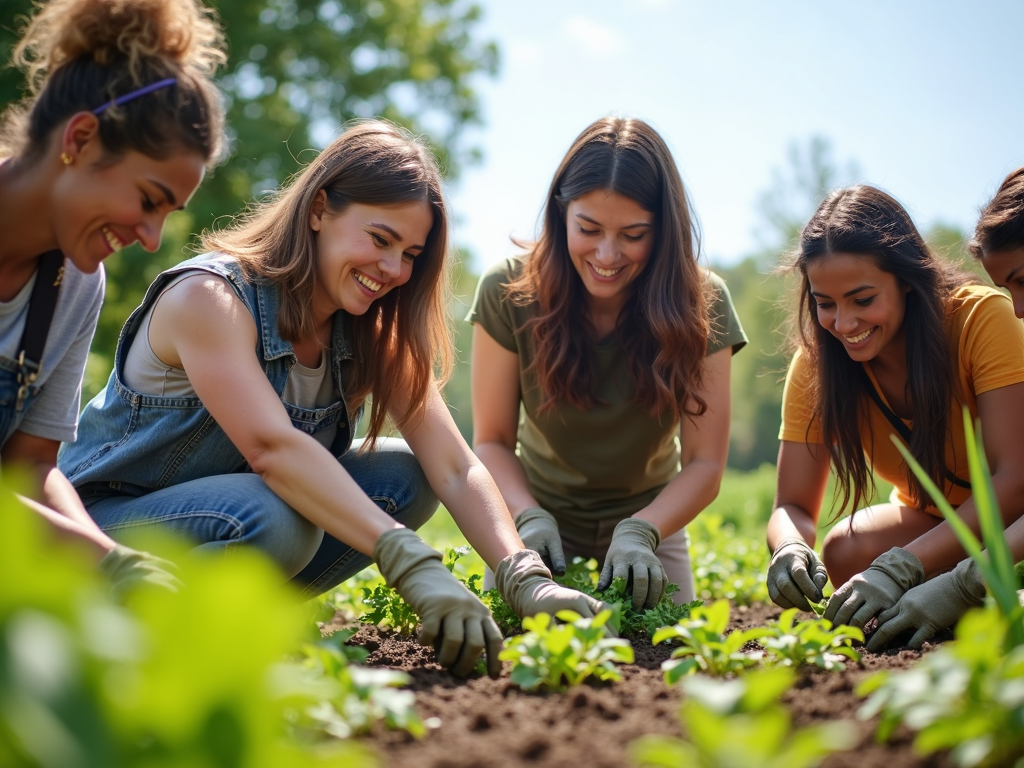The Impact of Volunteerism on Community Building
By , June 19, 2025
Overview
Volunteerism plays a vital role in building strong communities. This article explores The Impact of Volunteerism on Community Building, shares success stories of advocacy volunteers, and highlights how advocacy and volunteer efforts drive change.
Introduction
When you think of a thriving community, what comes to mind? Maybe it’s friendly neighbors, clean parks, or local events that bring people together. At the heart of these scenes is often a group of volunteers—people giving their time to make a difference. Volunteerism isn’t just about helping out; it’s about creating bonds and sparking change. In this article, we’ll dive into how The Impact of Volunteerism on Community Building shapes our neighborhoods, share real stories, and show you how to get involved.

Why Volunteerism Matters
Volunteers are the glue that holds communities together. They step up to tackle problems—like litter in parks or food shortages—and bring people closer in the process. When someone volunteers, they don’t just fix an issue; they show others what’s possible. This builds a sense of pride and belonging that money can’t buy.
Take a simple act like painting a community center. It’s not just about fresh walls—it’s about neighbors chatting, laughing, and feeling connected. That’s the magic of volunteerism: it turns strangers into a team.
Success Stories of Advocacy Volunteers
Some volunteers go beyond lending a hand—they become advocates, pushing for bigger change. Let’s look at two real examples:
-
The Garden That Grew a Community
In a quiet suburb, one volunteer had an idea: start a community garden. She rallied neighbors, found a plot, and got to work. Soon, kids were planting seeds, seniors were sharing gardening tips, and families were swapping veggies. The garden didn’t just grow food—it grew friendships and pride. Today, it’s a local hotspot, all thanks to one person’s advocacy. -
Cleaning Up and Lifting Spirits
In a city park overrun with trash, a volunteer said, 'Enough.' He organized a cleanup day, handed out bags, and got everyone involved—kids, parents, even the mayor. By day’s end, the park sparkled, and so did the community’s spirit. His advocacy for a cleaner space turned into a yearly event, proving one voice can echo far.

Advocacy: The Next Step in Volunteerism
Volunteering often starts with action—picking up a shovel or serving a meal. But advocacy takes it further. It’s about speaking up, spreading the word, and inspiring others. An advocacy volunteer might fight for safer streets by talking to city leaders or rally support for a new playground.
Think of it like this: volunteering plants the seeds, and advocacy waters them. Together, they grow stronger communities. For instance, a volunteer who tutors kids might advocate for better school funding, making a difference that lasts.
The Benefits of Giving Back
Volunteering doesn’t just help the community—it helps the volunteer too. Here’s how it benefits both sides:
| For Volunteers | For Communities |
|---|---|
| Learn new skills | Cleaner, safer spaces |
| Feel happier and healthier | Stronger ties between people |
| Make friends | More people pitching in |
| Gain confidence | Pride in where they live |
Studies, like those from the Corporation for National and Community Service, show volunteers live longer and feel more fulfilled. Communities, meanwhile, get the resources they need to thrive.

How You Can Start Volunteering
Ready to jump in? Here’s a simple list to get you going:
- Find a Cause: Love animals? Help a shelter. Care about kids? Tutor at a school. Pick something you’re excited about.
- Start Small: Even an hour a week can make a difference. Join a one-day event to test the waters.
- Team Up: Ask friends or family to join you—it’s more fun together.
- Speak Out: If you see a problem, don’t just fix it—tell others about it. Share your story online or at a town meeting.
Every step counts. Your effort could be the start of something big.
Volunteerism in the Digital Age
Today, volunteering isn’t just about showing up in person. Online, you can raise money, share ideas, or teach skills—all from your phone. Imagine a volunteer hosting a virtual workshop to help teens build resumes. Or an advocacy campaign on social media that gets a park funded. Technology makes it easier to connect and act, no matter where you are.

Challenges and Solutions
Volunteering isn’t always easy. Time, money, or burnout can get in the way. But there are fixes:
- No Time? Try micro-volunteering—like donating supplies or sharing a post.
- Low Funds? Look for free events or groups that provide materials.
- Feeling Tired? Take breaks and focus on what you love.
The key is to keep it simple and fun. That way, you’ll stick with it and keep the impact growing.
What’s Next for Volunteerism
The future of volunteerism looks bright. As more people see its value, communities will get stronger. Young folks are already stepping up—think of teens leading climate marches or coding apps for good causes. With new tools and ideas, The Impact of Volunteerism on Community Building will only get bigger. It’s up to us to keep the momentum going.

Summary
Volunteerism builds communities by connecting people and solving problems. From success stories of advocacy volunteers like garden creators to park cleaners, the impact is clear. Advocacy turns small acts into big change, while every volunteer adds to the strength of their neighborhood. Get involved, share your voice, and watch your community grow.